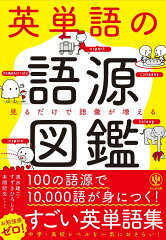Japanese page
Characteristics of nutrients
- Water soluble vitamin
- It is vulnerable to heat and vulnerable to alkali
- Called fatigue recovery vitamin
Function of nutrients
- Adjustment of peripheral nerves of limbs
- Helps maintain health of the skin and mucous membranes
- The role of carbohydrate coenzyme (carbohydrate is the energy source of the brain)
- It converts carbohydrates to energy
- Vitamin B1 decreases in the process of alcohol decomposition
- Relieve hangover and fatigue
When nutrients are deficient
- beriberi
- Numbness of limbs, swelling
- Anorexia
- Get tired easily
- Difficulty walking, declining cardiac function
- lose concentration
When nutrients overdose
- No need to worry because it is discharged outside the body even if overdose
- Ingestion of dietary supplement makes headache, insomnia
Food that contains a lot of Vitamin B1
| Foodstuff | Ingredient per 100g (mg) |
| Pork fillet (grilled) | 2.09 |
| Sesame | 1.25 |
| pork ham(grilled) | 1.19 |
| pork loin (raw) | 0.96 |
| snapping turtle | 0.91 |
| Groundnut | 0.85 |
| Pork loin (raw) | 0.82 |
| Rishiri kelp | 0.8 |
| cod roe (grilled) | 0.77 |
| Japanese eel (Kabayaki) | 0.75 |
| Ham | 0.7 |
| Dried tomato | 0.68 |
Summary
- Vitamin B1 is a water soluble vitamin and is vulnerable to heat and alkali
- Frequently ingest excessive intake because it is excreted outside the body
- Hangover, has the effect of relieving tired feeling
- Convert carbohydrates smoothly to energy
- Consumed in large quantities owing to consumption of drinking alcohol, sweet foods and the like
- Absorption rate increases with simultaneous intake with garlic, onion, etc.





